The ocean as seen from the Pena National Palace in Sintra
Sintra had me at hello.
Actually, Sintra had me before that. The first ‘hello’ came when I saw a photo online of an ‘Initiation Well’ located on a 19th-century estate called Quinta da Regaleira. I wasn’t even sure what an ‘initiation well’ was exactly, but after seeing its spiralling underground staircase, I just knew that this place and the town where it was had to be on our Portugal itinerary.
The initiation Well at Quinta da Regaleira in Sintra
And from there, my fascination with Sintra spiralled, too.
First Impressions of Sintra
My first view of Palacio da Pena in Sintra was from the train (although it was much farther away than this!)
Even before we arrived in Sintra, I had my first glimpse of two of its hilltop castles from the train, and I couldn’t wait to visit them. What I didn’t expect, though, was that the rest of this small town would be as picturesque and enchanting as the royal palaces and estates that have made it famous. Even the modern municipal buildings in Sintra’s small commercial centre looks like they have been plucked from a children’s book of fairy tales. And the people we met everywhere in town were as warm and friendly as you could imagine, too.
Even the modern buildings in Sintra look medieval
In doing research before our visit, I soon realized that a day trip from Lisbon wouldn’t be nearly enough time to do this UNESCO World Heritage Site justice, at least not if I wanted to see everything in this town that had piqued my interest (and as Henk knows well, I always want to see everything!) So we decided to spend 2 nights in Sintra so that we could break up our palace visits, allow enough time for proper guided tours of all its attractions, and be in town after the day-trippers had left – something I highly recommend for places that are this popular with tourists. Even with two nights there, we could easily have spent more time seeing everything this place has to offer – but here are 3 highlights no visitor to Sintra should miss.
1. National Palace
The twin chimneys of Sintra’s National Palace make it unmistakable
Even if you’ve seen dozens of other palaces, once you’ve seen the twin 33-metre-tall chimneys of the National Palace in Sintra, you’ll never confuse it with another palace in Europe. But these chimneys (which are found in the massive palace kitchen) aren’t the only remarkable features of this building, which served as the summer residence and/or governing seat of the Portuguese Royal Family since the 12th century.
Originally built during the Moorish occupation in the 11th century, the National Palace became the property of the Portuguese crown in 1147. Remodelled and added to by each generation of royal occupants, the building is a mixture of architectural styles and decorative details. Some of the oldest rooms in the palace reflect the Moorish style of the original builders, with arches, intimate courtyards and geometric tilework.
Other rooms feature intricate ceilings of every description, and entire walls covered in blue azulejos (tiles) depicting bucolic country life.
Tromp l’oeil ‘carved’ plaster ceilings whose decorative details aren’t actually carved, just painted to look that way!
The 16th century ‘Swan Room’ with 27 unique swan paintings.
The spectacular Blazons Hall with its vaulted ceiling decorated with 72 family shields and azulejo-covered walls served as dining room at the National Palace
Like many others, I am always fascinated by the lives of Royals, and am curious about their daily routines, what they did for fun, and how they entertained in the lavish rooms they called home.Touring the Palace gives you a small sense of their life, from where they held their parties, to how they slept (their beds were short not because the rulers were, but because they slept sitting up in bed (lying down was associated with death).
Beds were short because its occupants slept sitting up.
Each of the palace’s rooms have unique details that reveal a little about the life and times of these royal residents.
Wondering what’s for dinner? These tureens are good indicators for what type of meat dish you’ll find inside….
But back to those signature chimneys: no visit to the National Palace would be complete without seeing the massive kitchen where meals were prepared for the royal family and their elaborate state banquets. In order to put on those parties, the 15th century kitchen had to be state-of-the-art, with a full bank of wood-fired cooktops, as well as open braziers that once ran the length of the kitchen. (hence the need for those chimneys!) Interesting, too, are more ‘modern’ appliances like the metal warming oven built into the wall that was used to keep hundreds of plated meals warm.)
Multiple cooktops line the wall of the kitchen and there were once open braziers running its length below two massive 33-meter tall chimneys.
Seeing the sheer size of the room, you can only imagine the organized chaos it must’ve been with enormous roasts turning on spits, giant pots bubbling over with soups and stews, and dozens of staff scurrying to prepare and serve the waiting dignitaries in the dining room upstairs. It may look pristine and spartan now, but this must’ve been one busy, smokey, aromatic place at mealtimes! (This whitewashed/tiled look was a renovation done by Maria Pia of Savoy, one of the last Queens who resided here – because I guess even a Queen has to make the kitchen her own!)
TIP: The National Palace is within walking distance of Sintra’s train station, up a pretty, winding road that gives you great views of the town and the National Palace, and whose cobbled sidewalks sometimes serve as an outdoor art gallery.
2. Palacio da Pena
Sintra’s Palacio da Pena is a fantasy castle sprung from the imagination of King Ferdinand II
As Royal summer residences go, the National Palace may be the oldest and most historic in Sintra, but it was the Palacio da Pena high above it that truly captured my imagination. The brainchild of King Ferdinand II, a Romanticist and artist himself, the Pena Palace was where the King indulged his love of Moorish and Manueline architectural styles as well as his own creativity: Ferdinand personally designed the imposing Triton sculpture installed over the main entrance, as well as the statue of a knight known as ‘the Giant’ that is erected near the coast. (It was clear that the King was proud of his own handiwork in the Palace, because instead of facing out to sea, the Knight he designed looks inland where it can admire the hilltop Palacio da Pena!)
Personally designed by the king, this Triton stands guard at the entrance to the Palacio da Pena
This giant ‘Knight’ was designed by Ferdinand II and faces towards the Pena Palace to admire it!
The Knight is not alone in his admiration – rumour has it that another creative genius, Walt Disney, visited Pena Palace, and was inspired by its turrets, colourful facades, whimsical decorations and embellishments. Whether or not this is true, the Palacio da Pena is definitely something that feeds the imagination of its visitors and brings out the inner Prince and Princess in each of us. I know it did in me, and I couldn’t get enough of it!
The Palacio da Pena’s fairy-tale style details
I’m sure many modernists would scoff at this palace, with its primary-coloured walls, mixture of styles, and rambling, turreted terraces that skirt the mountain it is perched on, but for someone who loves whimsy and fantasy like I do, the Palacio da Pena is an oversized playground. Turrets and walkouts allow for incredible views out to the ocean, passages and archways lead from one uniquely-decorated room to another, and the chapel has an unbelievably detailed carved alabaster altar (the only thing that was miraculously undamaged during Lisbon’s Great Earthquake of 1755.)
The intricately carved alabaster altar in Palacio da Pena’s chapel
Beautiful, too, are the 80 acres of expansive gardens that spill down the sides of the hill that the Pena Palace is built upon, another testament to King Ferdinand’s love of Romanticism.
The gardens of Palacio da Pena are worth spending time exploring.
These gardens and paths do not have the formality of other structured gardens, but the design of the grounds, ponds and forests were all carefully planned by the King so that they would look wild and natural. Exotic species of plants and trees like eucalyptus and Sequoias were imported and planted here in what appears to be a random, natural landscape. The opportunity to stroll through these paths, and discover their hidden bridges, garden ornaments and sculptures is another reason why you need time to fully appreciate this place (so allow 2-3 hours if you are visiting the Palace at the same time.)
The not-for-profit company that manages the Parques de Sintra has spent millions restoring the buildings and grounds at Pena Palace.
TIP: The Palacio da Pena is on the top of a hill overlooking Sintra, and a fair distance from town, so unless you are up for a longer uphill walk, take a taxi or tuktuk to get there (5 Euros) and save your feet for the palace and the gardens.
3. Moorish Castle
Rampart Walls Moorish Castle
I have to say, I wasn’t super excited about seeing what I thought were going to be the ruins of a few stone walls, but the Moorish Castle completely surprised and impressed me. First off, the walk up to the entrance was littered with enormous moss-covered boulders that gave the whole place a magical, King Arthurian feel, and the castle itself was much more than a few piles of stones.
Giant moss-covered boulders lead you to the Moorish Castle in Sintra
Originally constructed in the 10th century by the ruling Moors, the castle housed a large contingent of Muslim soldiers who lived here and kept watch over the Atlantic coast, serving as defenders of the Iberian peninsula. Inside the castle ramparts was a mini-village with blacksmiths, stables, barracks, and kitchens serving the soldiers who lived and died here. But after the Muslim rule ended in the 12th century, the castle fell into ruin for several centuries until King Ferdinand II campaigned to restore it. His excavations uncovered medieval Christian burial sites (you can still see these skeletons within the walls in a tomb that Ferdinand built for them), and he rebuilt many of the walls that exist today.
Even though the remains of these structures wasn’t awe-ispiring, what blew me away at the Moorish Castle were the views as I walked its ramparts. Slightly above the Castle on a nearby hill was the Palacio da Pena, with its red and yellow stucco walls lit up brilliantly by the late afternoon sun; below me were the red-tiled rooftops of Sintra set into the lush green landscape, and out to the west the Atlantic ocean sparkled.
Views from Moorish Castle
Even though we had been hiking and walking all day, it was well worth the end-to-end climb of the walls to get stunning 360-degree views of Sintra’s beautiful countryside.
View over Sintra from the Moorish Castle
It’s hard not to feel like the ‘Queen of the Castle’ with a vantage point like the one you get at the Moorish Castle.
Looking down on Quinta da Regaleira from the Moorish Castle
TIP: The entrance to the Moorish Castle is just down the road from the Palacio da Pena, so you could do the palace and gardens first, and then hit the Moorish Castle late in the day just in time for sunset.
I knew after reading about Sintra and researching its palaces that this would be a place I would love. What I didn’t expect is that it would exceed my expectations and impress me as one of the most magical places I’ve ever visited! I am sure that in future travels there will be other places that deserve that adjective, too, and other castles that will spark my imagination, but as they say, you never forget your First.
Which is what Sintra will always be in my books.
Sintra is even more magical at night.
Special thanks to Parques de Sintra who provided Henk and I with complimentary tours of both the National and Pena Palaces, and to our expert – and charming – guide, Joana, who I can’t compliment enough! (I highly recommend taking a guided tour if you visit Sintra – you get so much more from your visit when you tour these palaces with experts who know them intimately.)
TIP: If you are like me, and plan to see everything in Sintra, you can save money by purchasing a combined ticket to multiple sites that is valid for an extended period of time, not just the first day. (FYI, Parques de Sintra is a non-profit company who runs these sites without any government support, and has won awards for its conservation efforts and restoration work, so your entrance fees are being put to good use.)
For another must-see Sintra destination, read about the mysterious Quinta da Regaleira.

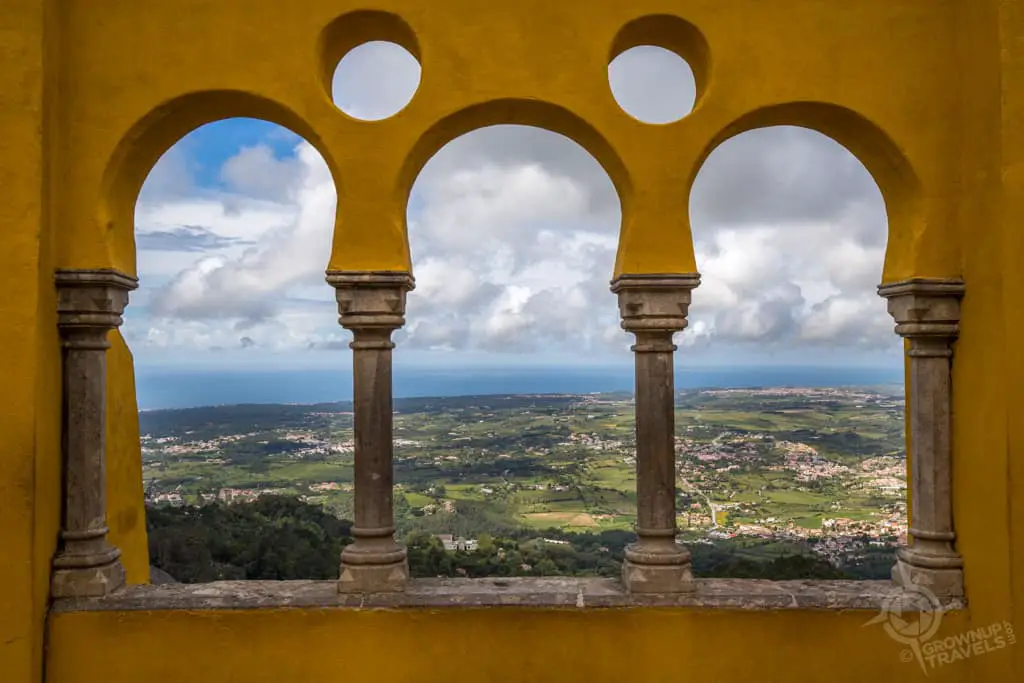

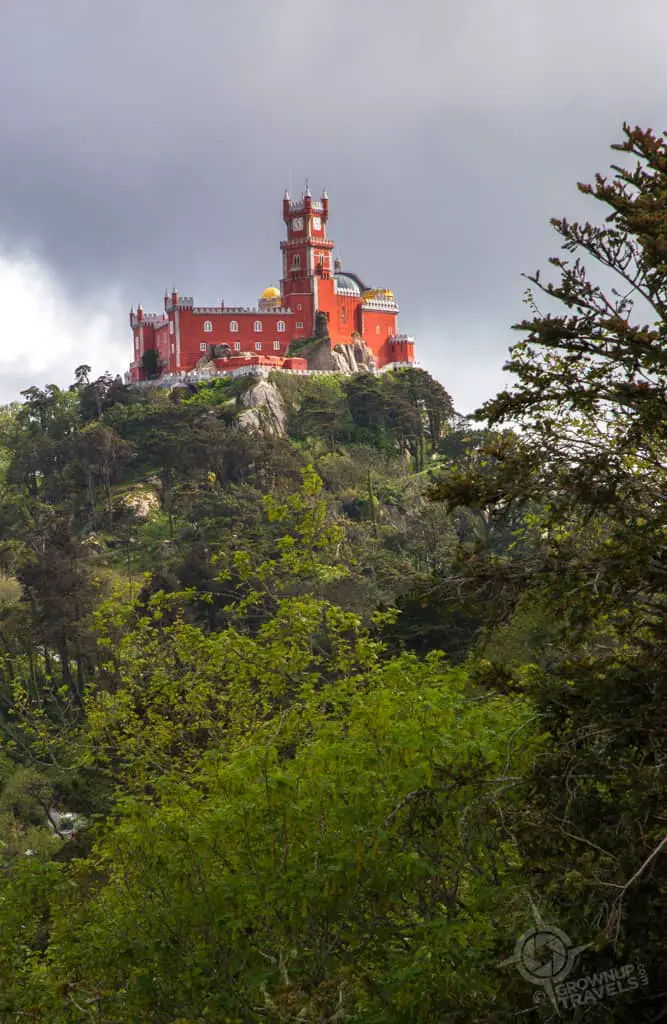
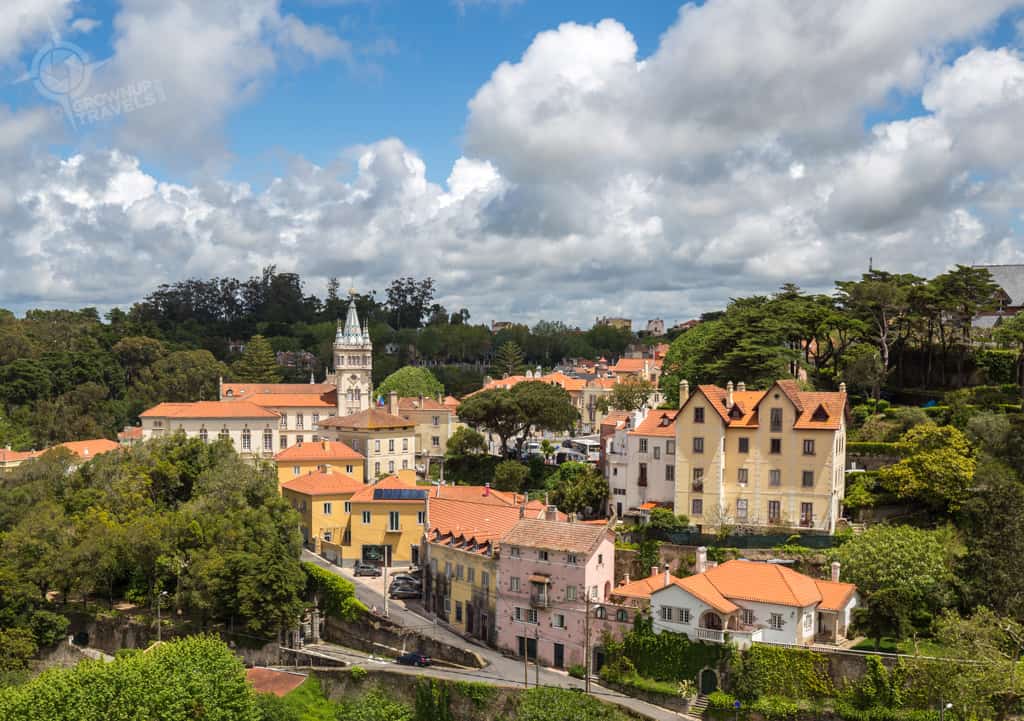
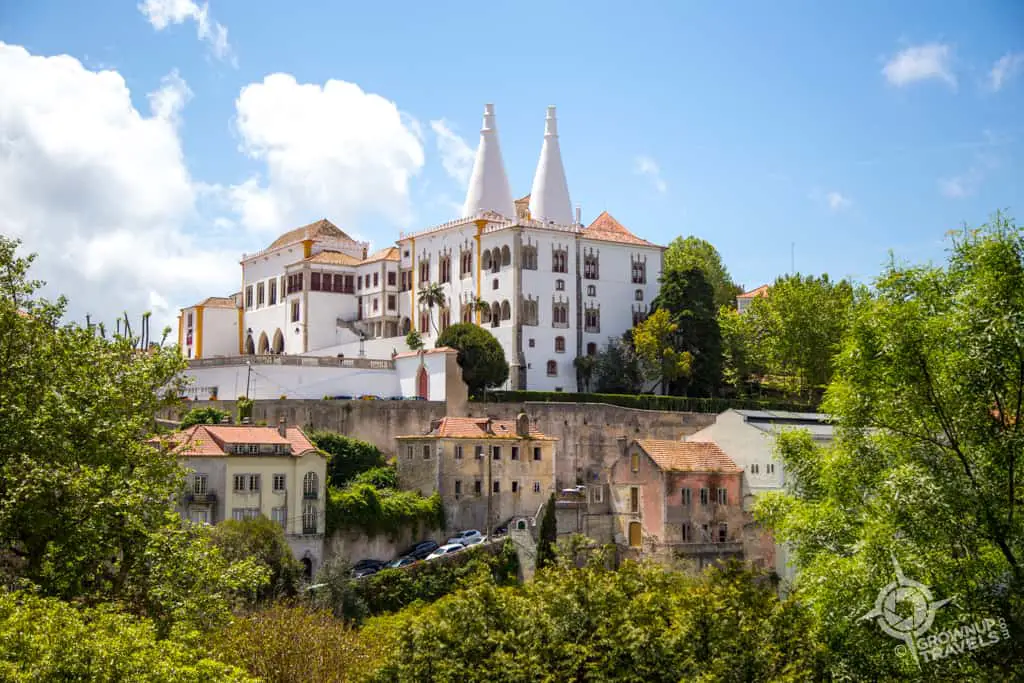
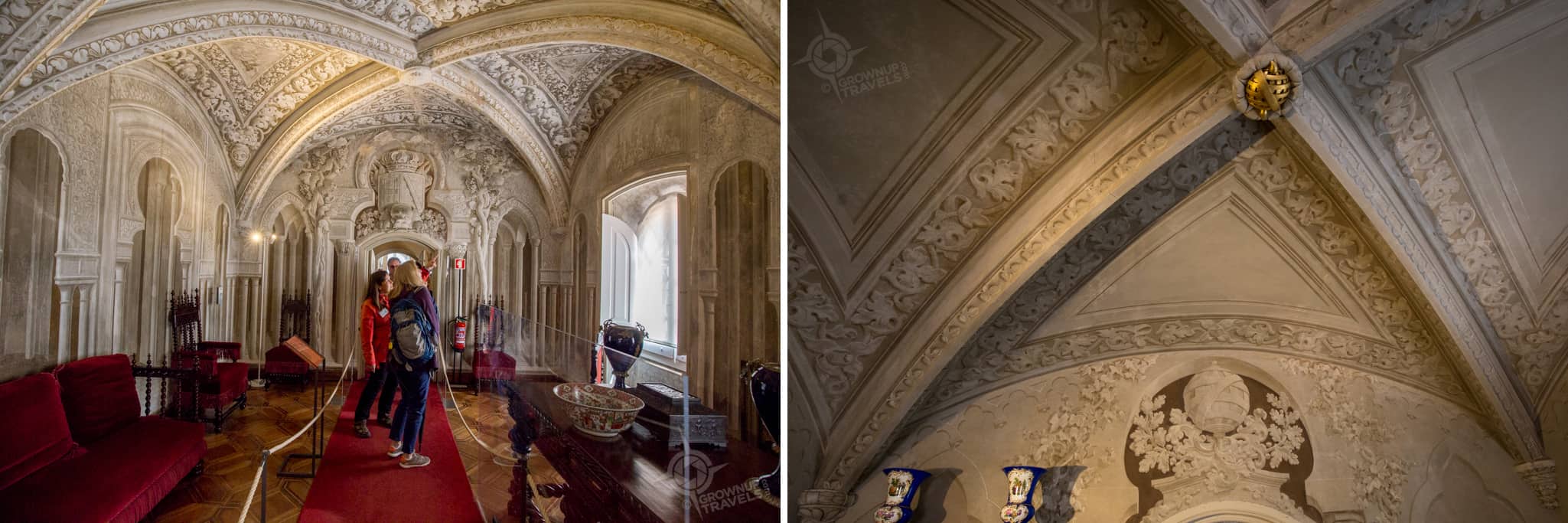
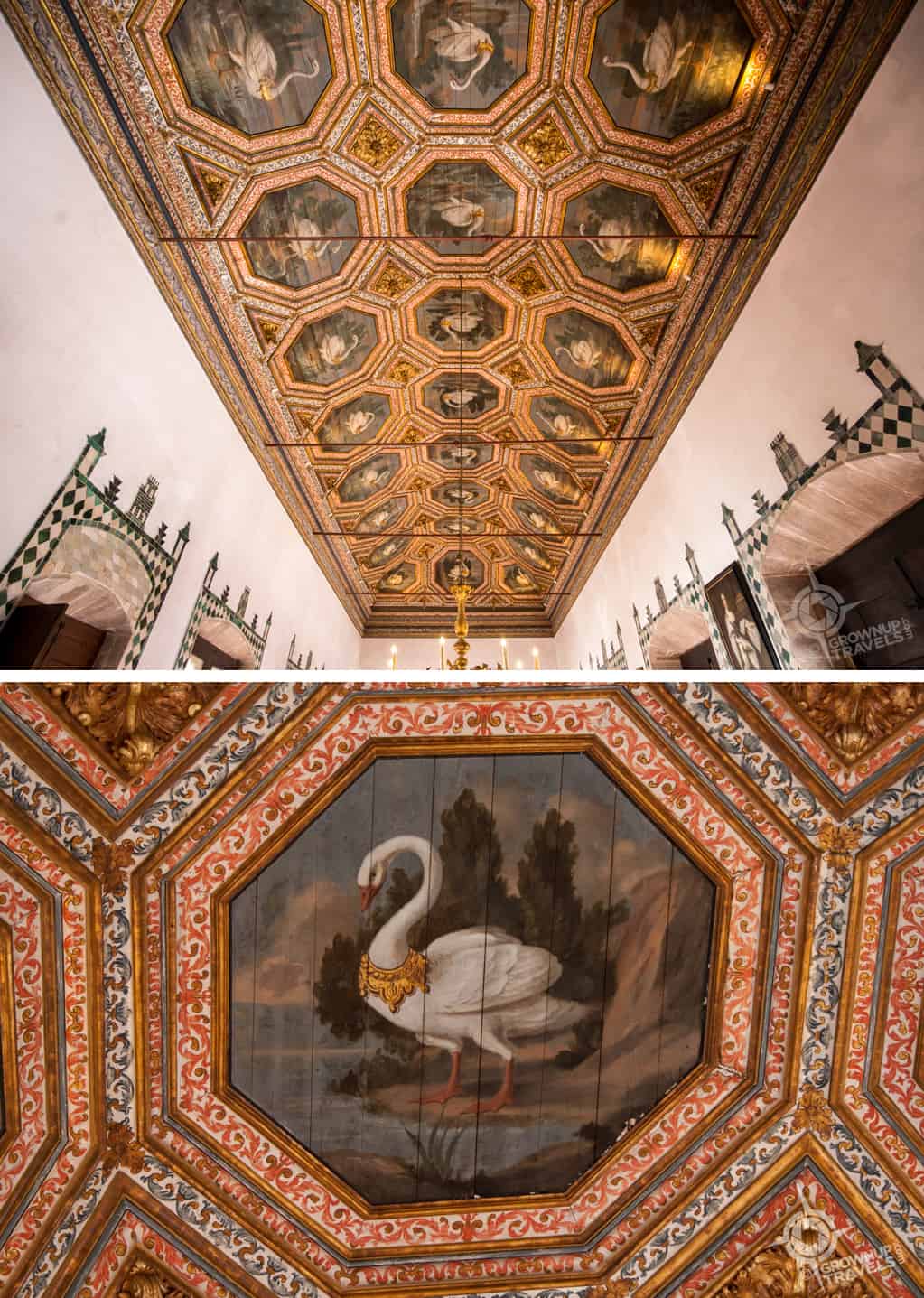
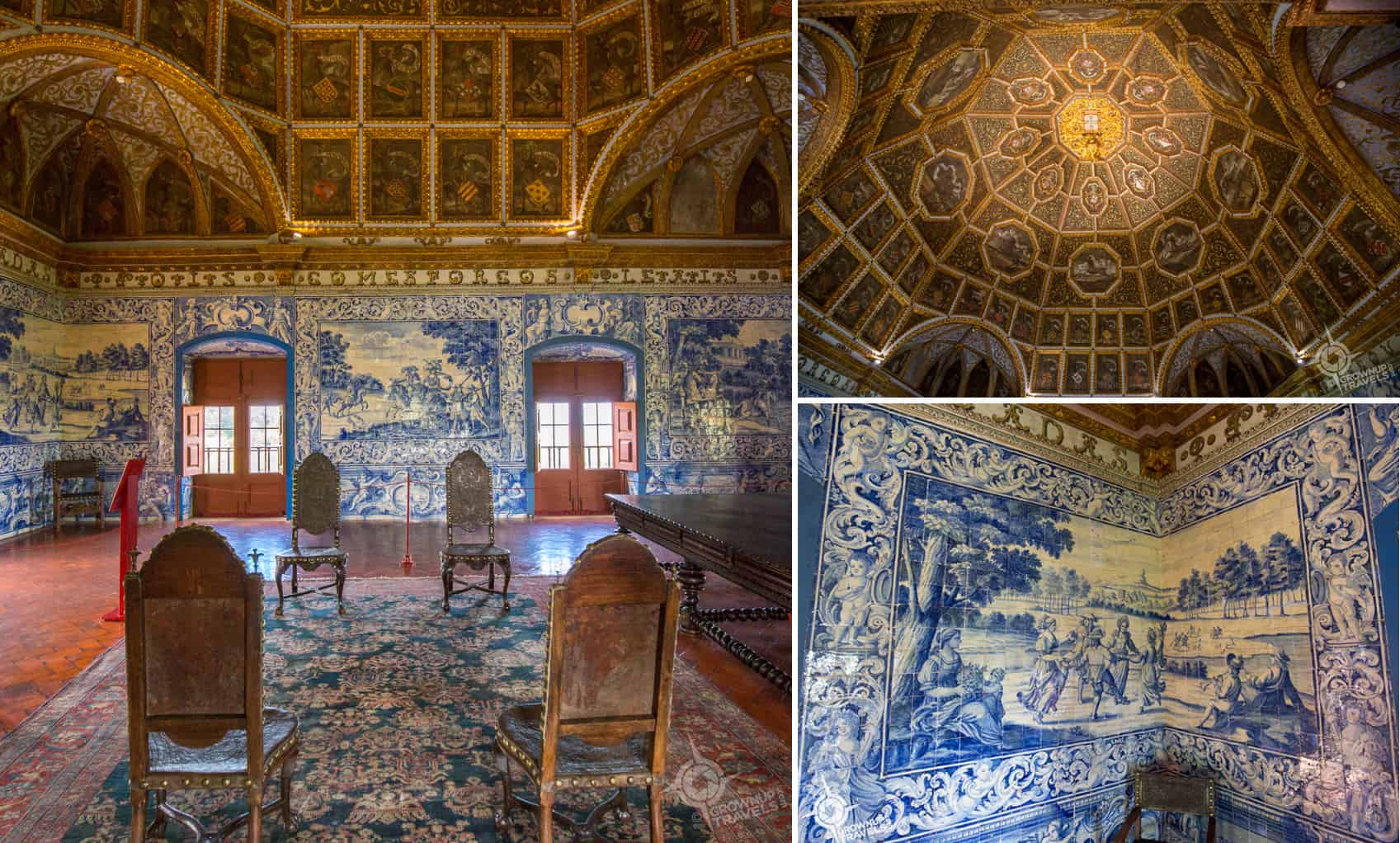
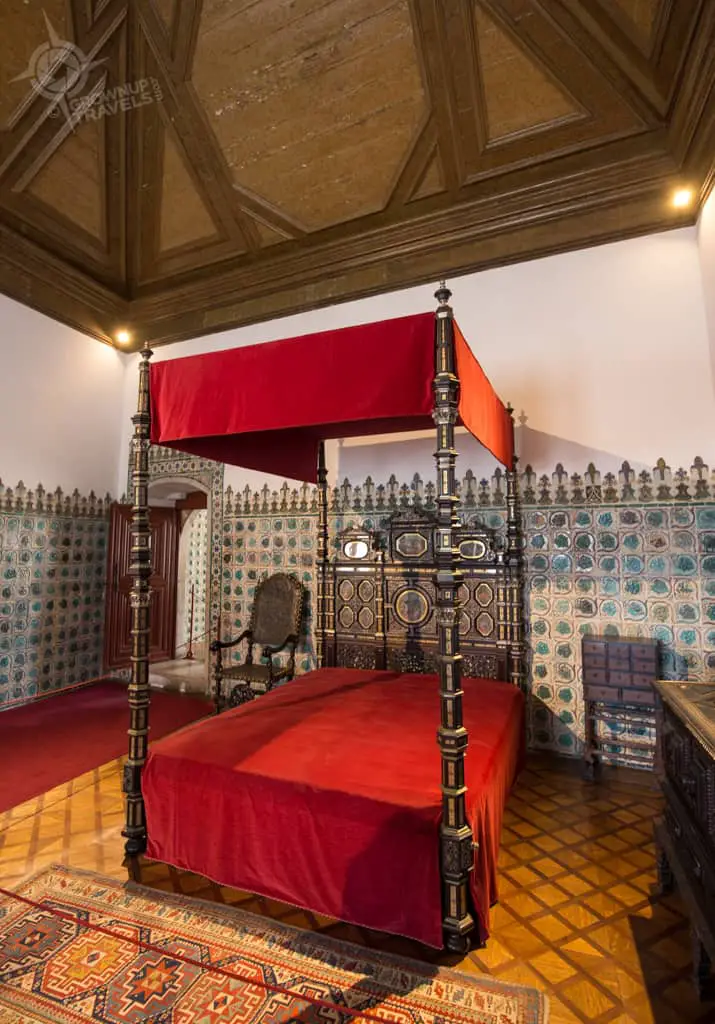
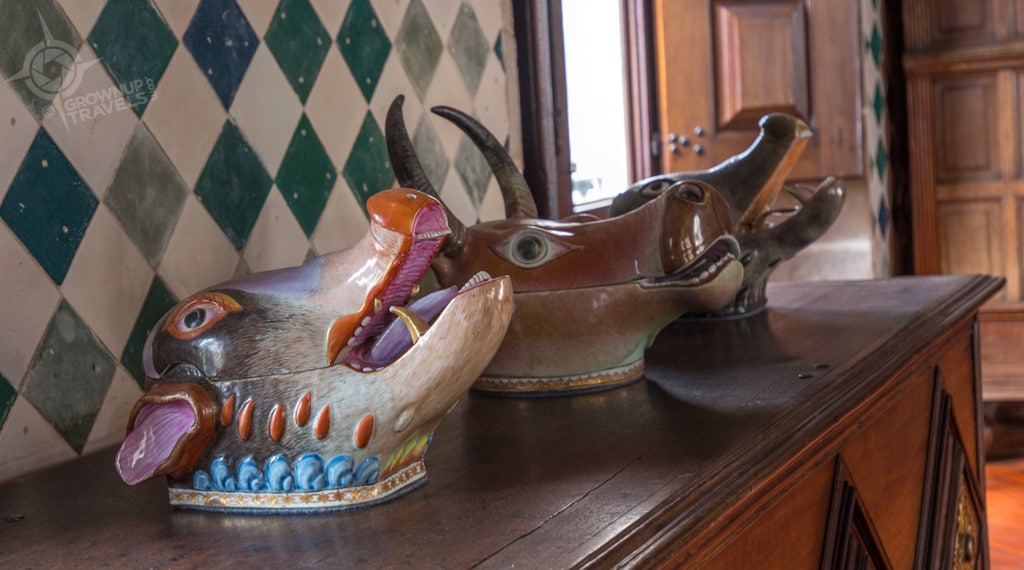
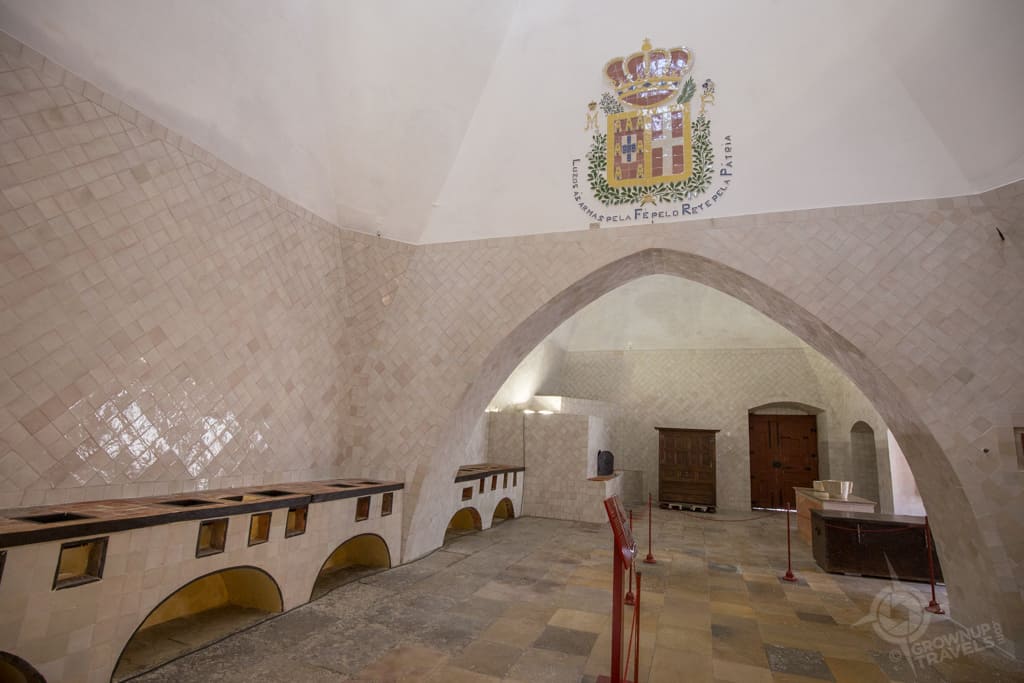
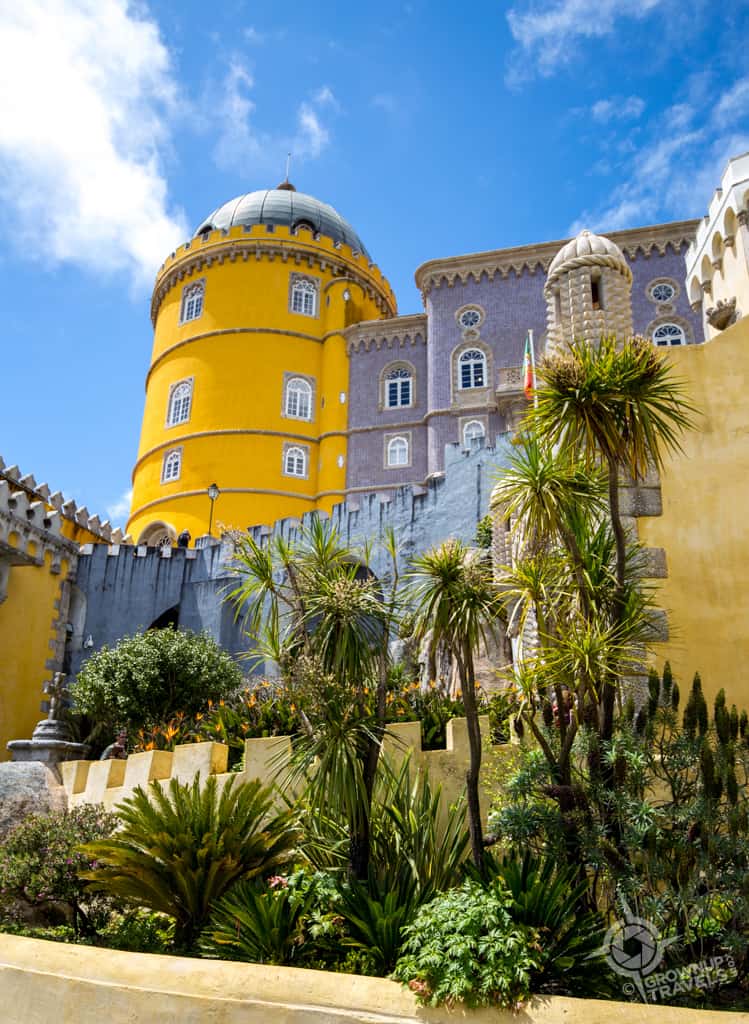
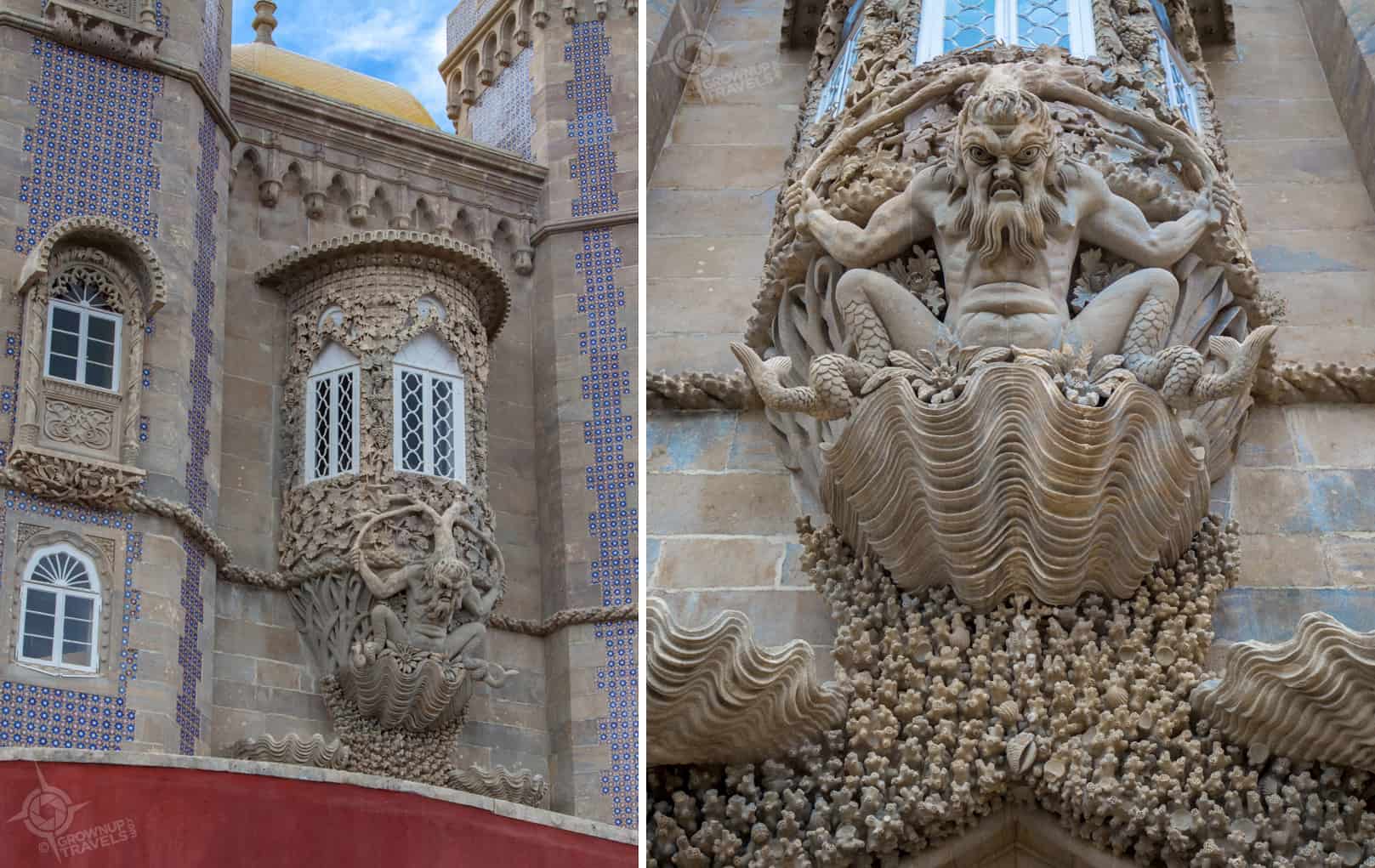
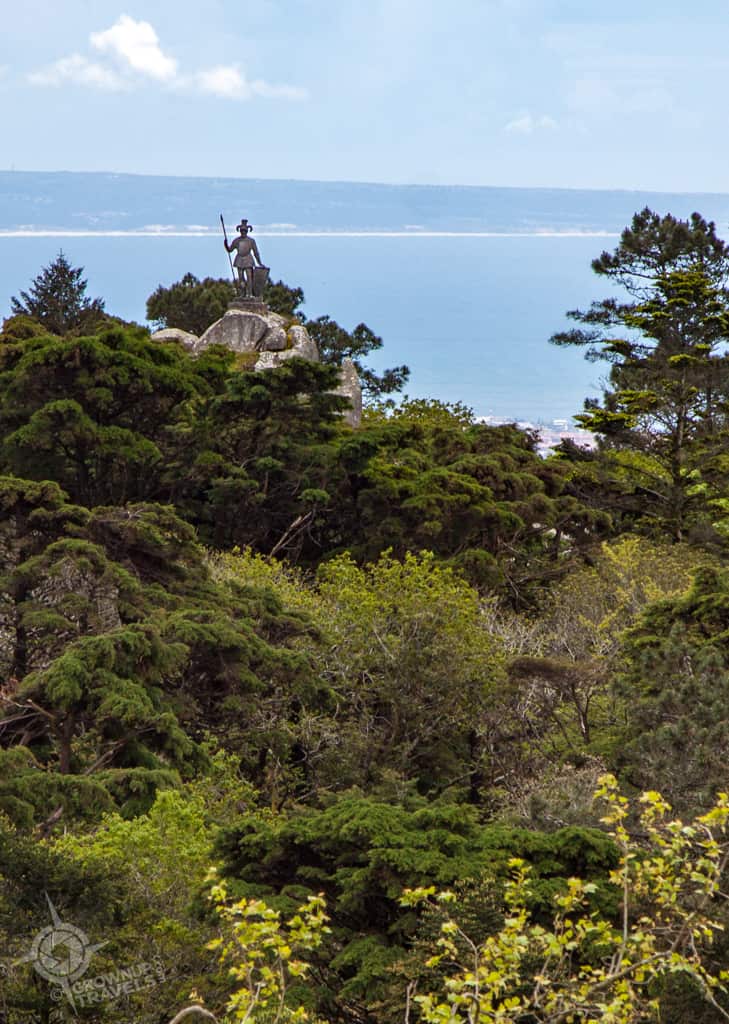
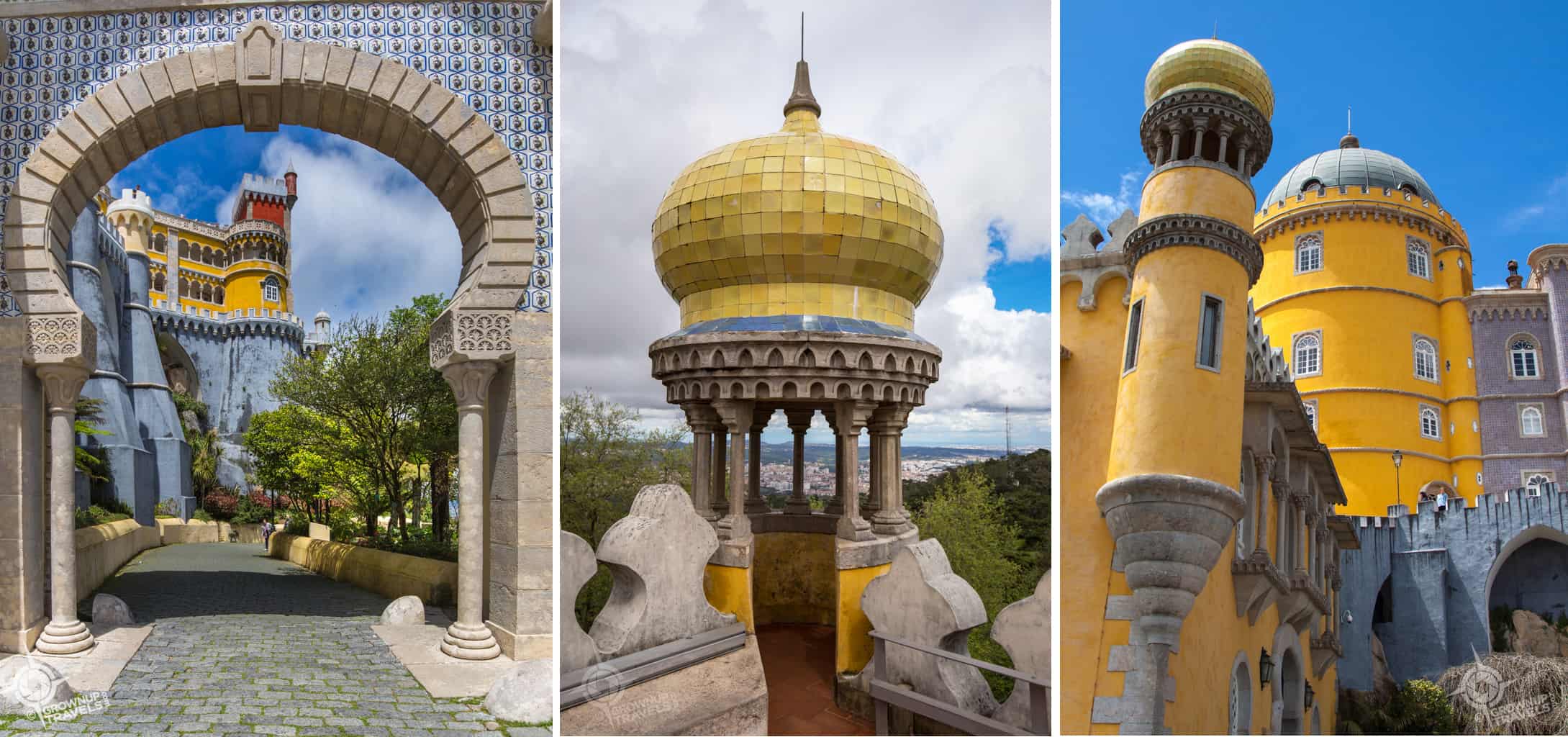
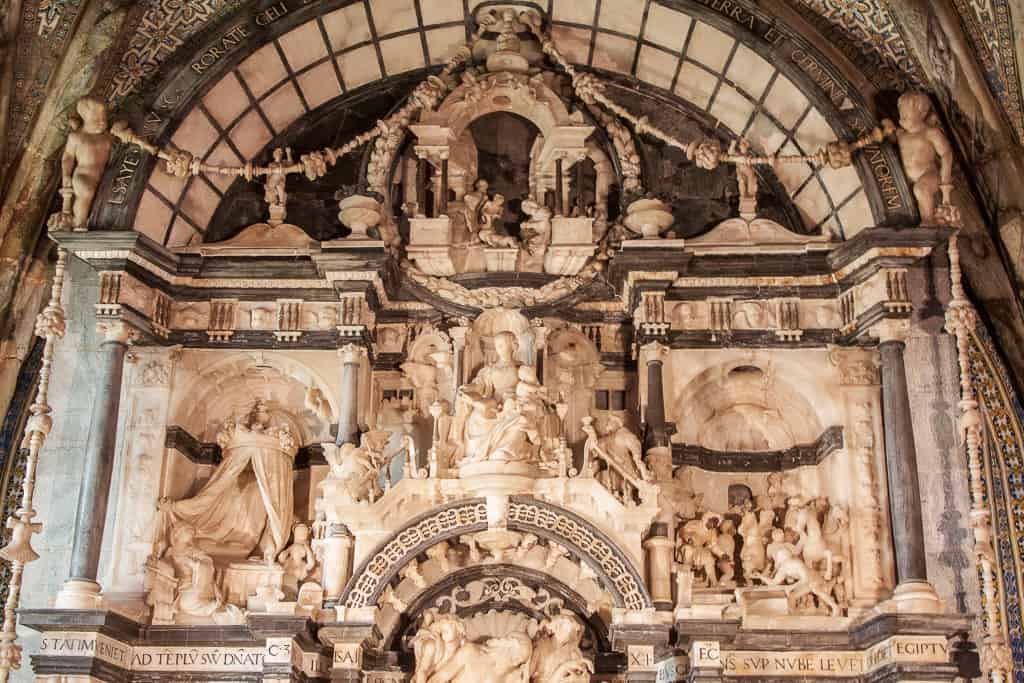
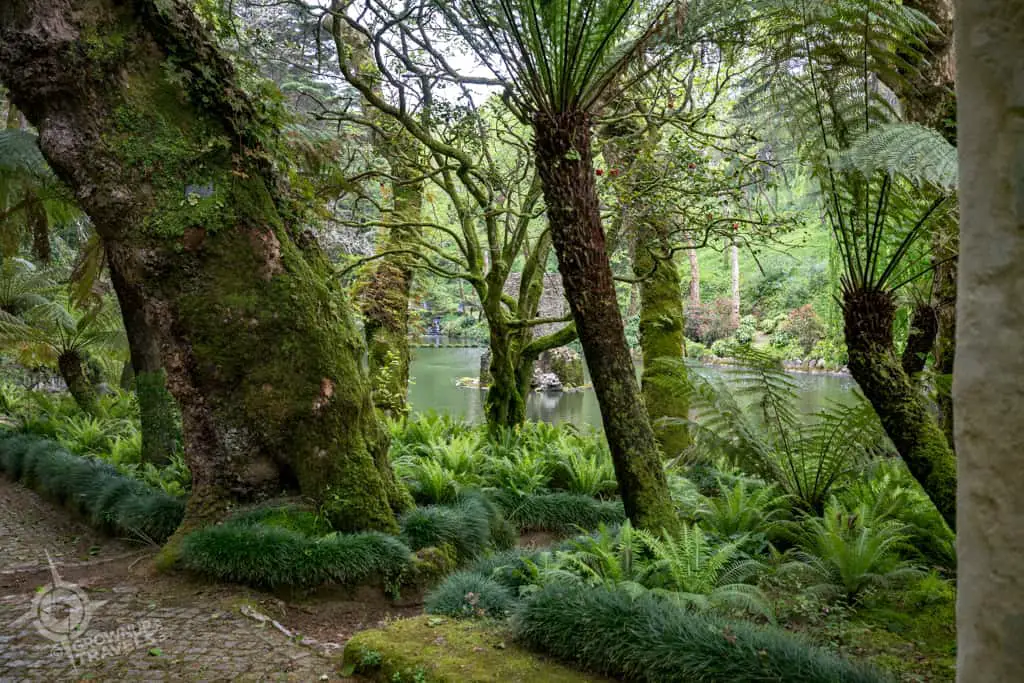
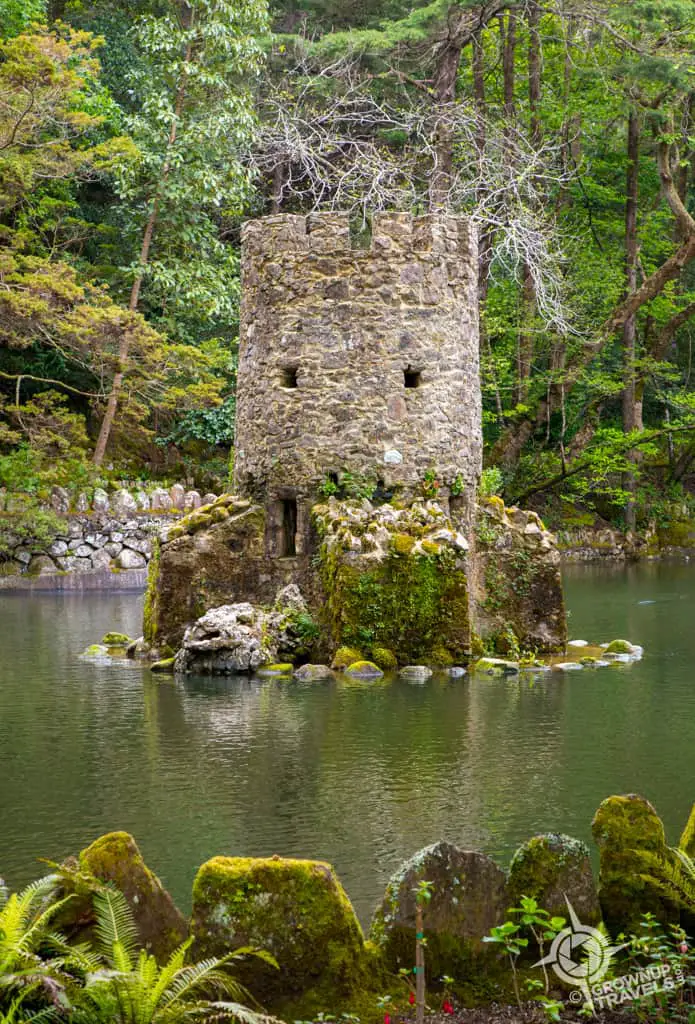
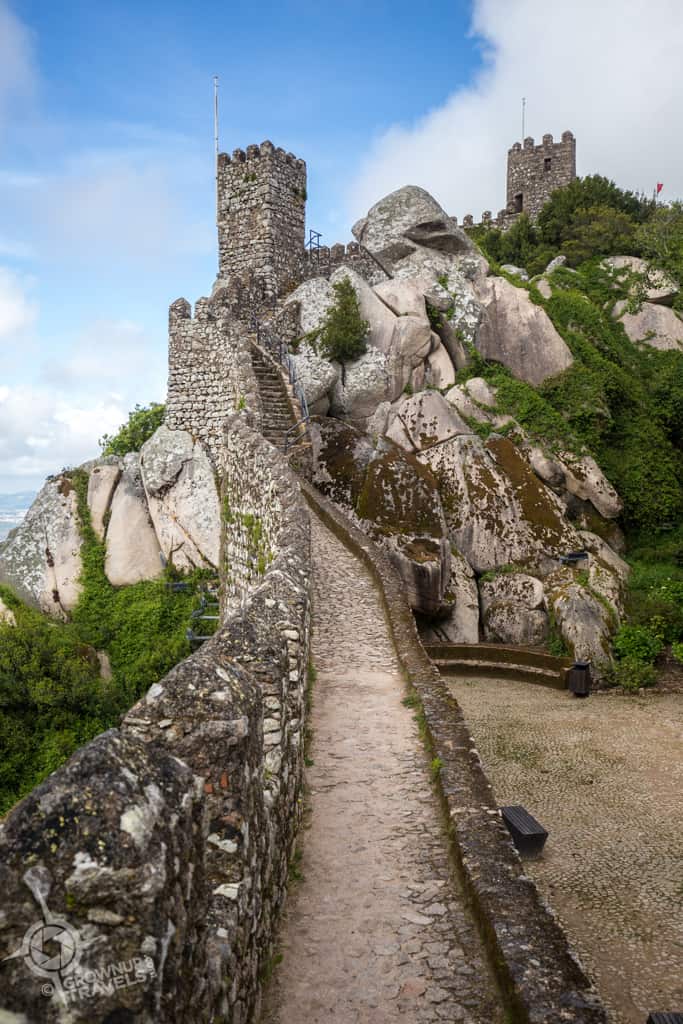
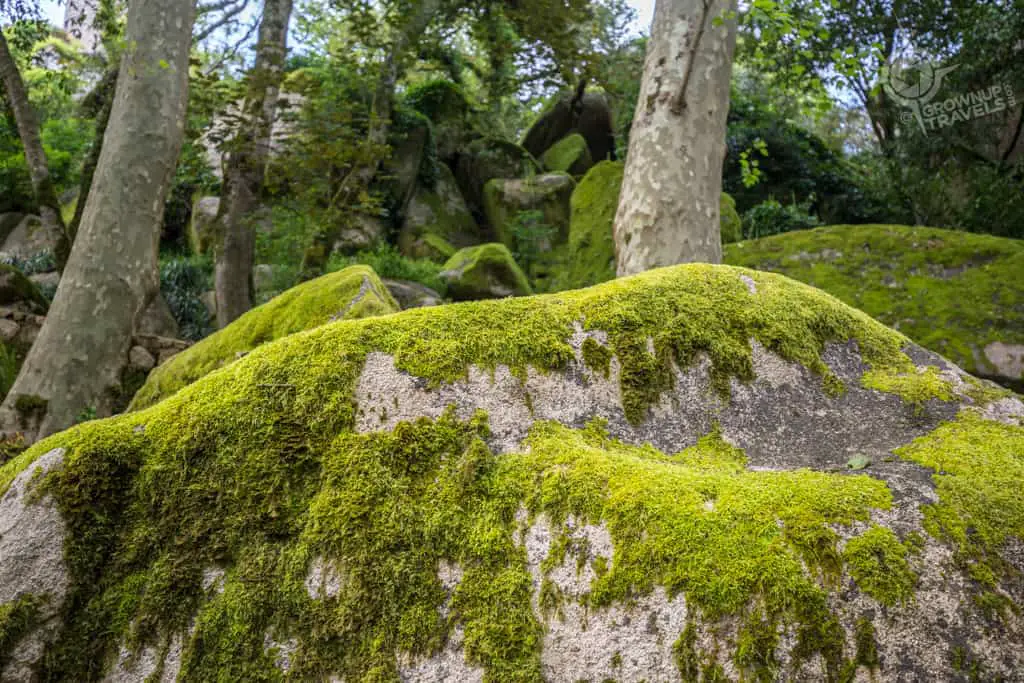
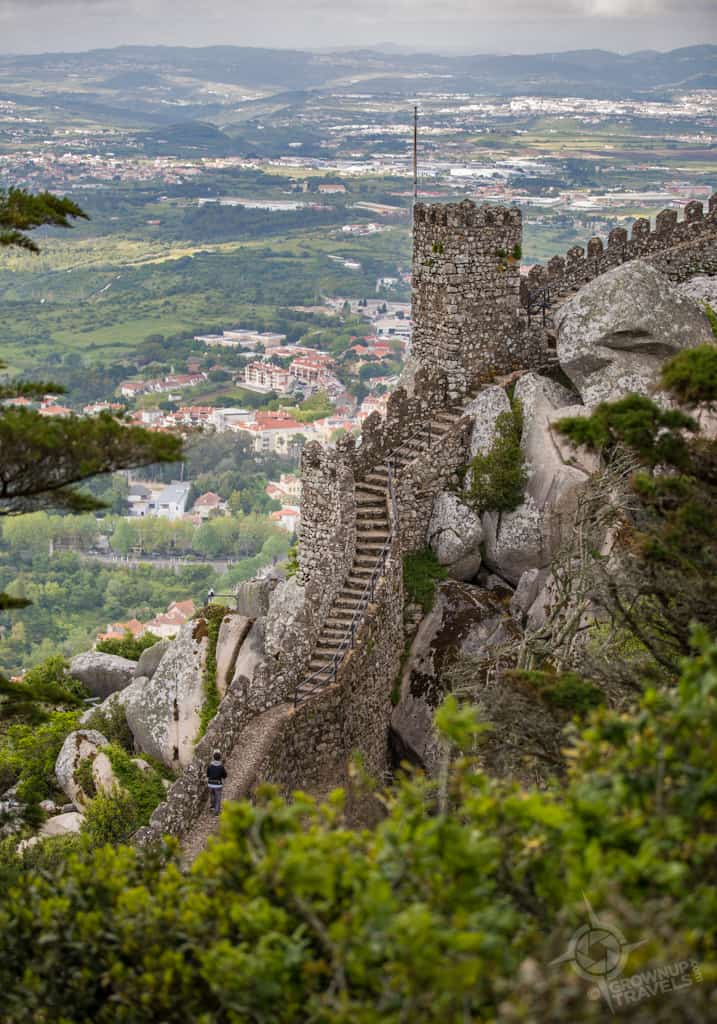
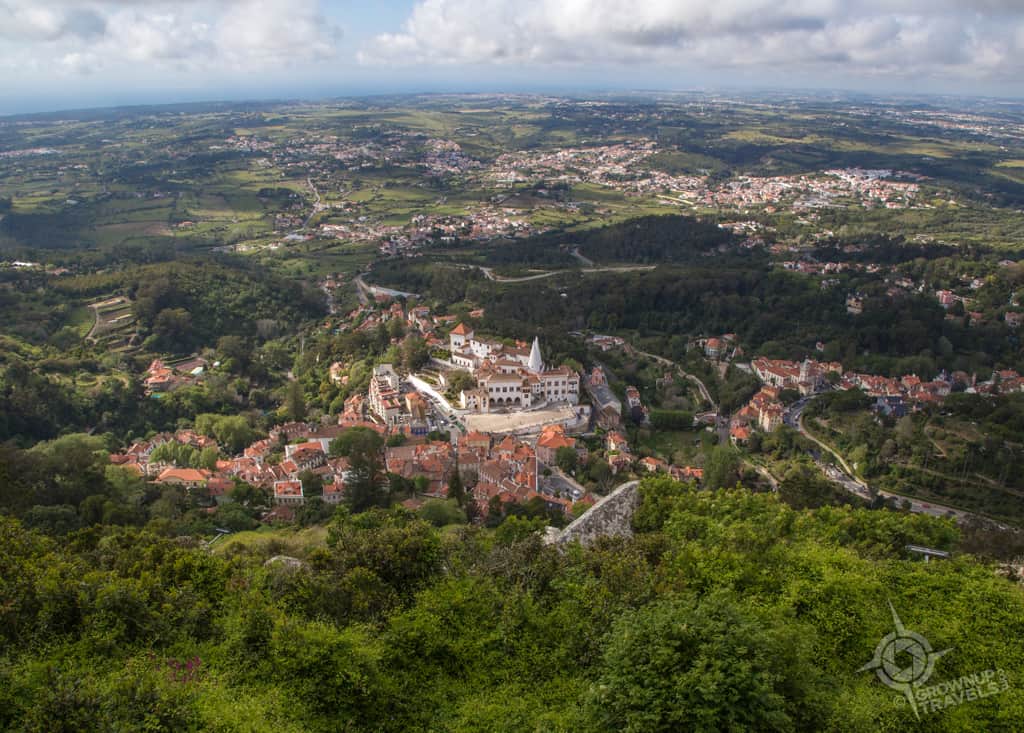
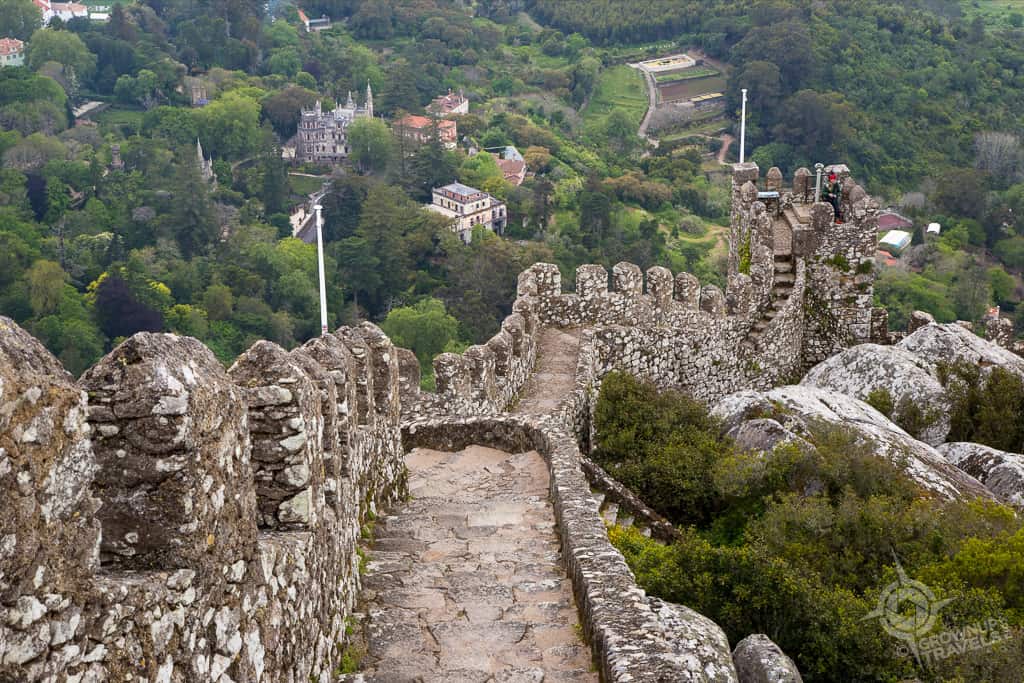
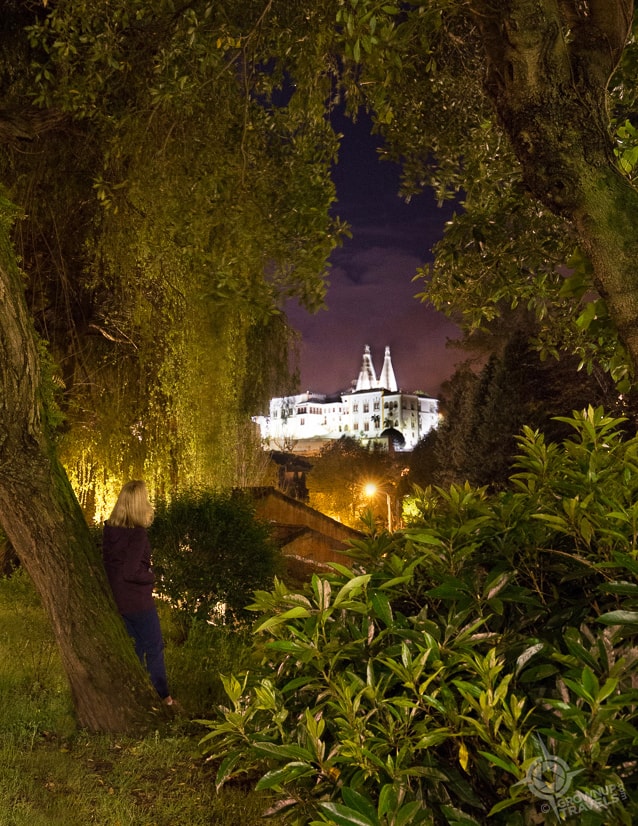
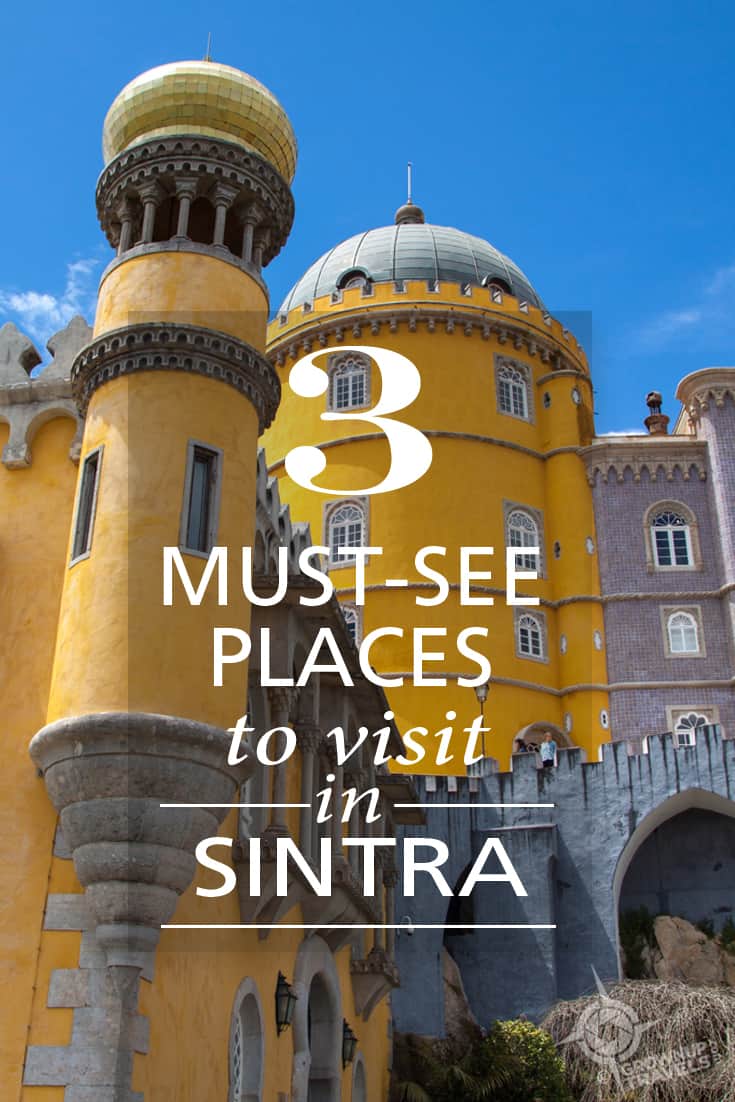

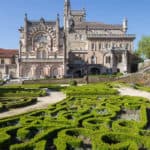








I only had a short time in Sintra and didn’t see anything like as much as you did. I wish I’d had time to walk around the castle walls – what fabulous views!
Thanks, Karen. Sintra really is a place where you could spend many days and still not see everything.
Wow! Both the Palace and Moorish Castle look spectacular! Your photos make me want to book a trip to Portugal and I’ve never even considered Portugal before. Thanks for introducing me to it through your blog post.
You’re welcome, Debbra. I know what you mean – Portugal wasn’t on our radar until we found such an affordable flight we had to go – now it’s one of Europe’s Best Kept Secrets in my opinion!
OMG Jane all three places are just spectacular and I have always wanted to visit Sintra but I haven’t seen a post that does it justice like you have with amazing views, stunning rooms and your storyline. Now its high up on my roster of places to visit soon!
Thank you so much, Noel!! I was absolutely blown away myself, and I actually had to limit how many photos to put in the post (there are so many!). Plus Sintra also has the Quinta da Regaleira, another fabulous estate that I had to devote an entire post to – another must-see. I know you will love Sintra if you go there, and I can’t recommend it enough!
Oh how beautiful! I love Portugal and have made it to Porto, the north region and Douro valley, etc. But you have sold me on Sintra and for that, I thank you.
I will definitely have to go back now!
I know you won’t be disappointed, Rebecca. Sintra has it all and then some, and the best part is that it’s not such a big town that it’s jaded – the people are as friendly and charming as the place itself.
Your photos are spectacular and definitely show off Sintra’s magic and beauty! We visited Sintra for a day trip in May and realized right away that we’ll have to make a return trip next Spring and plan on staying at least 3 days to explore all the city’s historic sights and history. Thanks for recommending the combined ticket and also Parques de Sintra. For our second trip, we are planning to come prepared to see it all!
We must’ve been in Sintra close to the same time, Anita. We were there in May as well, and realized the same thing you did – more time was needed, beyond even our 2 days that we had allotted…so we ended up detouring on our way back to Lisbon to spend another afternoon at Quinta da Regaleira! This little town has so much to see it’s incredible.
Absolutely beautiful ….and timely as my friend and I are getting together later this week to plan our trip to Portugal over New Year’s! Great information and hopefully we can fit it into our plans!
I know how hard it is to try to fit everything in, Jan – we tried! But if you can, try to visit Sintra – it really is such a charming place with so much to see.